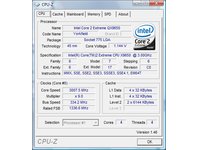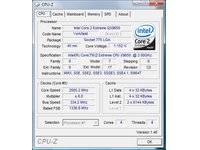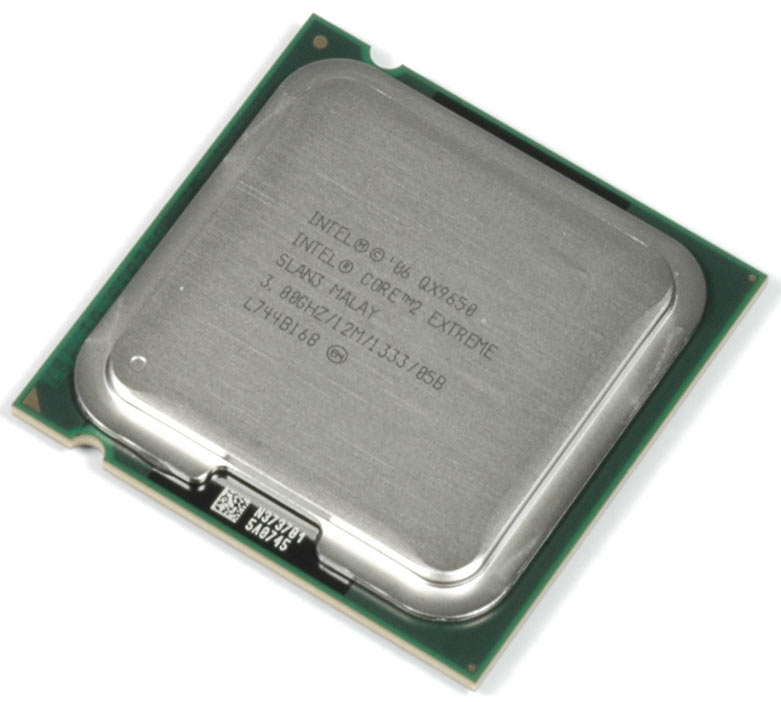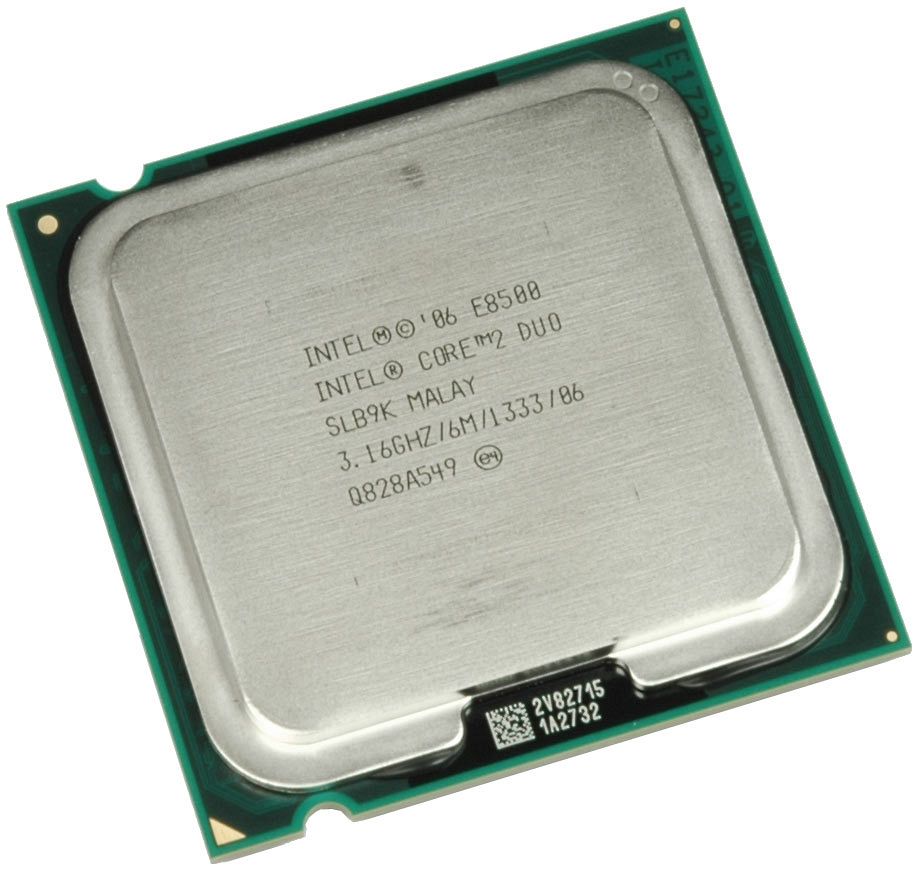Does Saving Power Mean Hurting Performance?
Core 2 Duo E8500 And Extreme QX9650
Intel’s Core 2 Duo E8500 supports C-states C2 and C4, while the Core 2 Extreme QX9650 does not. The Extreme is an enthusiast-class product that retails for almost $1,000, but it offers anything that one could imagine for overclocking. First and foremost, the device has unlocked multipliers, with which the core clock speed can be increased without any modification to the host system speed. Its FSB speed is 1,333 and the device’s clock speed, before overclocking, is 3.0 GHz, although most QX9650s can be overclocked to 4 GHz and more with solid cooling at an FSB 1,600 speed. Its code name is Yorkfield, but the processor actually consists of two 45 nm Wolfdale chips. We used this extreme processor to show the power savings that an enthusiast system can offer.
The second processor we selected was a mainstream Core 2 Duo E8500 processor, which is based on the 45 nm Wolfdale core. This device represents the basic microarchitecture for all 45 nm Core 2 processors, including Core 2 Quad Q9000 processors as well as the QX9000 Extreme series. It consists of a whopping 6 MB of L2 cache, which consequently adds up to 12 MB L2 cache on the QX9650 where two of these chips are operated in parallel. We selected the E8500, as it offers a great price/performance ratio and delivers excellent performance and exemplary power efficiency.
Power Modes Tested
As mentioned, we used two different processors for this project: one Core 2 Duo E8500 mainstream processor (45 nm 3.0 GHz dual-core) and a Core 2 Extreme QX9650 (45 nm, 3.0 GHz quad-core). While the dual-core processor supports C2 and C4 modes, Intel’s Extreme edition processor does not. There was no BIOS option that would have allowed up to enable this feature on the high-end quad-core device.


High-Performance Mode
To get reference performance results, we decided to benchmark the test system(s) without any power-saving options. This means switching off EIST technology and all additional C-state options, and selecting the high-performance mode for Windows Vista. We also did not enable any motherboard-based power-savings options.
Balanced
Get Tom's Hardware's best news and in-depth reviews, straight to your inbox.
We used a setup that we consider typical for mainstream PCs. We selected the Balanced power profile in Windows Vista and turned on EIST technology for both processors, but we did not enable C-state features or additional power-saving functions.
Power Saving
This time we wanted to check how much power our test systems would save if all power-saving options were enabled. Of course, we also tracked performance, as we had already found some differences when comparing our high-performance mode to the balanced setting. For the power-saving configuration, we set Windows Vista to Balanced power mode, switched EIST and C4 modes on, which partially flushed the L2 cache when entering this mode, and configured the MSI motherboard to run in “green mode” for maximum power savings.
Current page: Core 2 Duo E8500 And Extreme QX9650
Prev Page MSI P45 Neo2-FIR Motherboard Next Page Test Setup And Benchmarks
